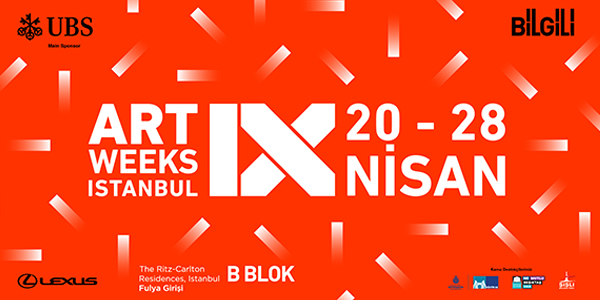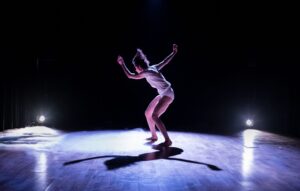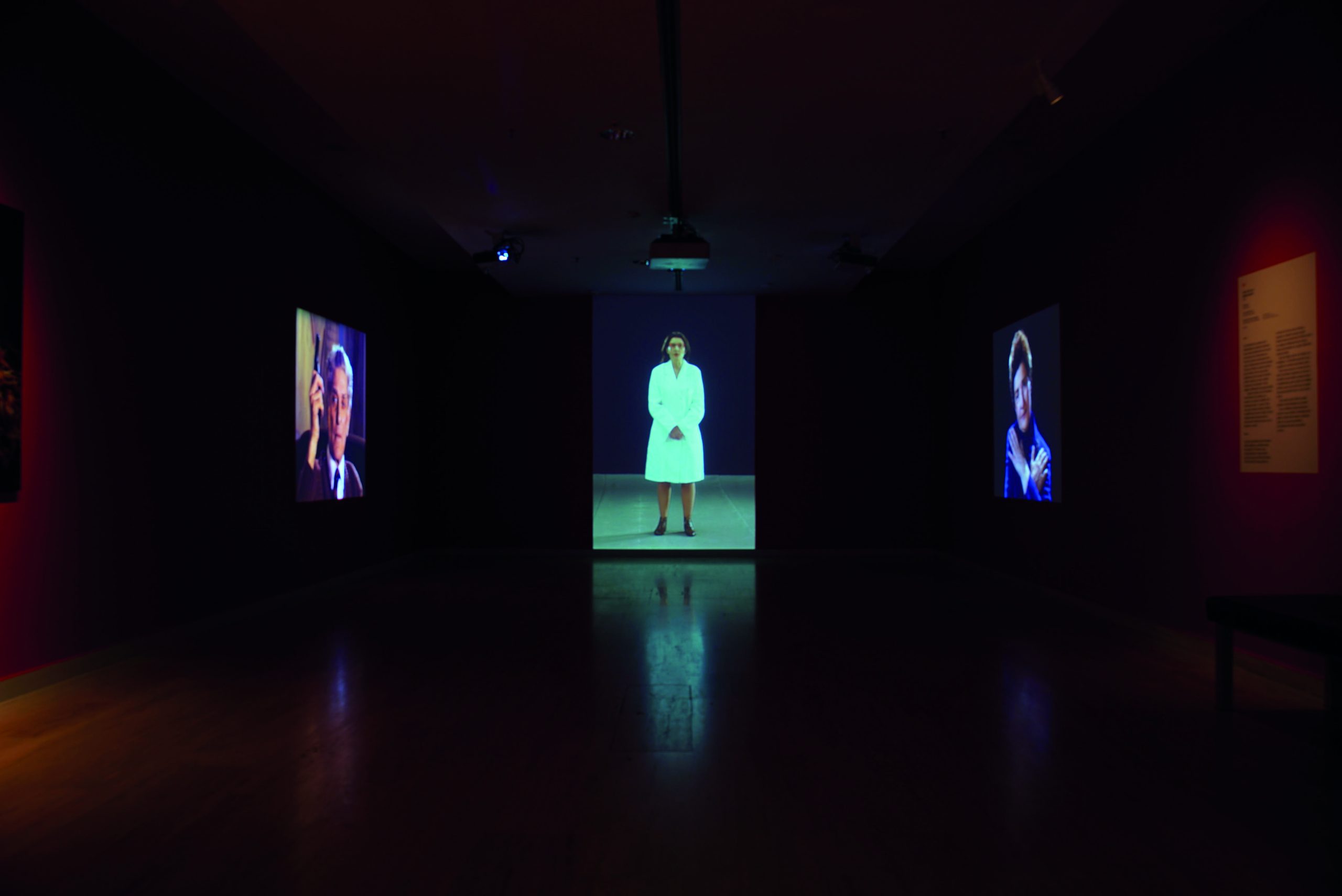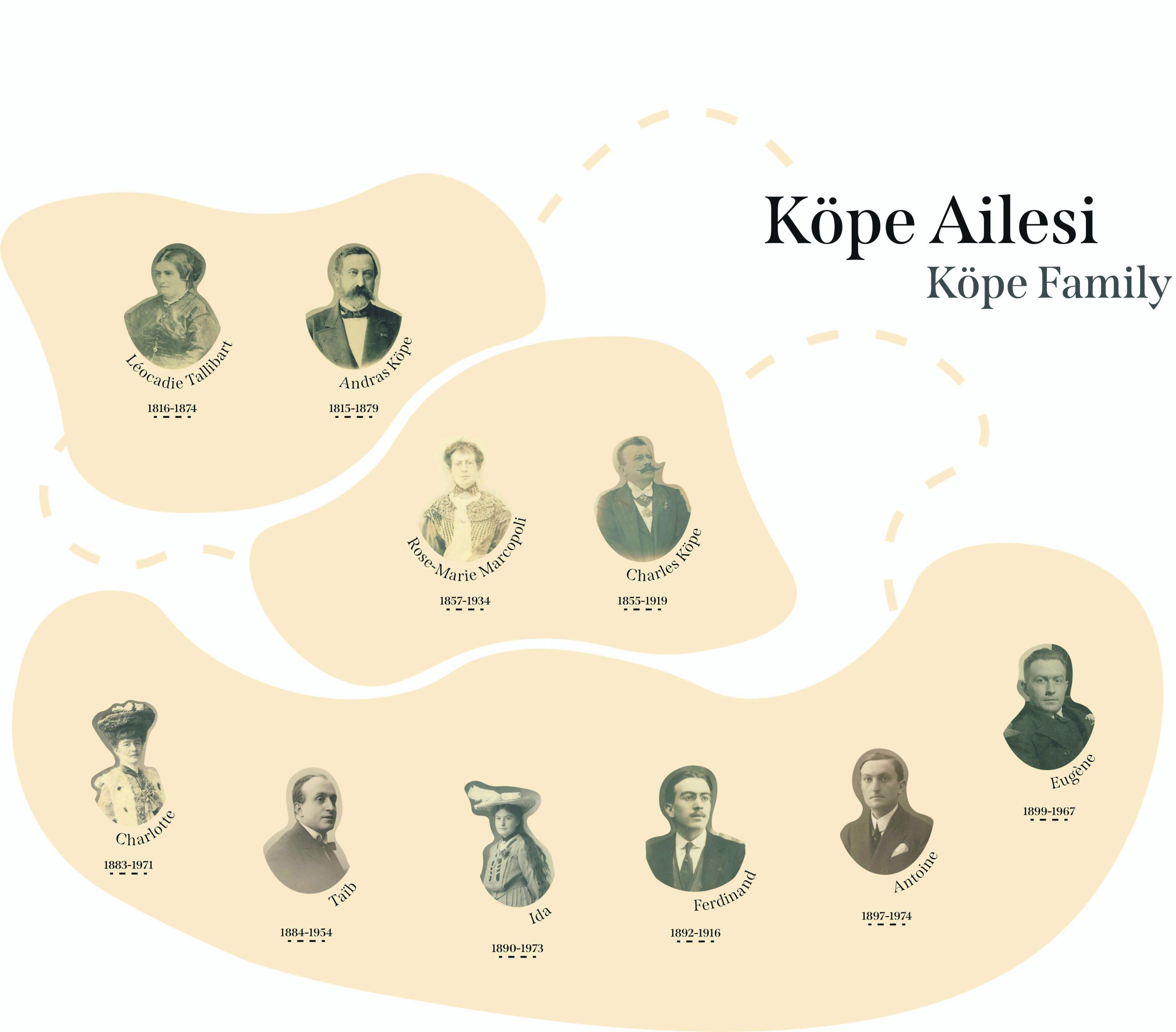“The bear and the gazelle, god and the devil, the flower and the axe, the roughest, the most vulgar and the fairest, the most gracious should be side by side and this should look completely natural”. E.Z.
In the thirties of the last century, none other than Spain’s Picasso delivered a brilliant answer to the constant question of the myth of creation with his striking remark, ‘The painter goes through states of fullness and void. That is the whole secret of art… A painter paints to discharge himself of feelings and visions.’ For Picasso, as well as for his artistic friends, the question of ‘why’ was of no relevance in the face of an epoch of existential transformation. They reacted incessantly and without pause to the impulsive rhythm of a new era in which the parallel realities of tradition and modernity merged. One can almost speak of it as a psychological tactic, a technique that transforms the intense experience of the moment into tangible paintings. Here, the dilemma of human existence in its various facets is a central theme in the focus of the matter, a topic that has been a catalyst for the most important images in history.
Erdogan Zumrutoglu’s ‘premier regard,’ on large pieces of canvas takes on a cinematic scale; as if it were a ‘first look’ one cannot keep his eyes from. It inevitably reminds the viewer of Picasso’s spectacular statement almost a hundred years ago.
Without a doubt, the question here is a painting that differs fundamentally in its intensity and presence from the shallow mass productions that are currently flooding the markets. One may even assert that the viewer’s gaze is sharpened in the process of seeing these images. In the process, the focus is first on a compendium of fragmented bodies, streaky drawn portraits of real and fictional people; or ethereal, ghostly apparitions located on the wafer-thin line of separation between natural representation and vital abstraction. Then, one is quickly drawn into the vortex of perception: twisted bodies, colorful exploding portrait busts, skulls and skeletons absorb the viewer. It’s like being on Rimbaud’s ‘Bateau ivre’ (Drunken boat), and keeping up with the madness of the world while soaking up all the beauty of the moment. It quickly becomes clear while looking at the images, that the origin of such shadowy depictions have their roots deep in the ground of existentialist philosophy, poetry and music.
“This is the exact recipe Zumrutoglu uses: a daring balance between figurative painting and the extravagant gesture of abstraction.”
After studying Art in Izmir, Zumrutoglu had quickly headed for Europe, immersing himself in the cultural history of the old European metropolises. However, the targets of his insatiable curiosity were not limited to the monoliths of art history such as Max Beckmann, Karel Appel or Francis Bacon. In fact, he he kept his distance from these painters in the process of discovering his own style of pictorial invention. Furthermore, his encounter with the philosophy of Martin Heidegger opened up a new dimension of thinking for the young artist. The essential ‘Being and Time’ and ‘The Origin of the Work of Art’ from the midthirties were particularly influential. He was fascinated that, according to Heidegger, the concept of truth can no longer be seen as an ultimate state, but that truth is a happening. Viewed in such perspective, the processuality, or the emergence of art, is a stance beyond aesthetic experience.
Pure-biographical observations would not suffice in the classification of his collection of work. The monstrous vocabulary of form, the ever-renewing bestiary of mythical creatures, the painted-out physiognomies appearing out of nowhere, and ghostly figures followed by their own shadows open the door to a very up-to-date perception of the world.
One can speak of a kind of augmented sensitivity with which the artist reacts to the scent of death and existential suffering of the modern age. One has to read these pictures very carefully in order to to properly follow the action within this extraordinary creation process. The trace of the brush is key. No one has described this better than Karel Appel: ‘If the stroke of the brush is so important, it is because it expresses precisely what is not there.’
Indeed, in this regard, we must speak of the conquest of the canvas. A quick glance at the artist’s energetic and enthusiastic way of working would suffice as proof.

Zumrutoglu often works on several canvases in parallel; with a large triptych on one side, and a wall-sized canvas on the other. For the most part, his formats take on dimensions that leave no doubt as to the physical presence of the artist in the picture. These are the dimensions that we are familiar with, from the vast statements of the Abstract Expressionists, spaces from which there is no escape for the viewer.
However, the effect of such images are not purely meditative. Erdogan Zumrutoglu’s pictures do not make use of a vacuum or unconditional void. Minimalism and Zen fail to express the erosion of being.
His virtuosity in engraving abundance lies in the very heart of his approach to pictorial space!
Moliere and Shakespeare provide the blueprint for the unconditional fascination with the spectacle of existence, which Erdogan Zumrutoglu brings to life so uniquely.
“The visual appeal of the deformation of the body and physiognomy is expressed in numerous variations. This is particularly evident in the portraits.”
The background often appears in an illusionistic depth, out of which the portraits seem to jump out to the viewer. In this sense, it is no more possible to speak of a painting. Bodies and faces give the impression of a puzzle in which two different objects are hidden in one, but remain in a gel-like state of dissolution and growth. Zumrutoglu has devoted an entire work to this subject. Insistent visions of eroded bodies that look like faded photographs from anatomy tomes of the late 19th century. They reveal nothing less than the beauty of decay and the merciless work of time on the body. As with Velasquez, here we feel the glowing black as a color with which eternity inscribes itself into the picture.
The visual appeal of the deformation of the body and physiognomy is expressed in numerous variations. This is particularly evident in the portraits. The approach occasionally reminds us of Giacometti’s peculiarity of obscuring the faces of the portrayed with paint, almost beyond recognition. However, this style, remembered as a melodramatic convergence in Giacometti, transforms into a visual feast under Zumrutoglu’s swiftly-working brush . Everything seems to be brought into existence in a state of ecstasy. Skull and facial features morphologically dissolve under rapid brushstrokes. To compensate for the horror of such mask-like grimaces, the painter uses a palette comprised of delicate color combinations, which relieve the unbearable tragedy of the scene. In any case, the painting skill, subtle technique and talent of the artist resonate in every picture with surprising and captivating approaches. The powerful sentiment that transfers from the images to the viewer does not originate from the art of painting itself, but from the primary nature of creativity in the first place. Approaching from such perspective justifies the fact that Zumrutoglu’s pictures cannot be compared to paintings made using paint and a brush. The effect is similar to the verbal dominance of Ezra Pound’s Cantos or Rimbaud’s fierce poems. They establish a framework for a level of quality with which Zumrutoglu paintings can be classified. Ultimately, it is the anomalies and the inconsistencies of life that drive productivity.
It is not a myth that artists can rarely find peace. As such, the emotional and uninterrupted reaction to the world is an automatism that demands ever-new discharges, ever-new motifs, ever-new images.
Erdogan Zumrutoglu’s remarkable aspiration to create can best be described by the witticism of Picasso, which hits precisely the nerve center of such an attitude: ‘Work is restful to me. When I stop, I get tired. Some people drink Pernod all day long. My Pernod is work. I work all day long.‘
“Zümrütoğlu has transferred the function of sketch blocks and scribbled paper fragments into music, thanks to his love for synesthesia; a tip that would be helpful in the assessment of his work.”
Among the aspects of such an approach is the continuous struggle over the thought that life is finite. Indeed, repetitive encounters with death and vanitas crystallize as a central theme in Zumrutoglu’s work cycles, where the philosophical construct of being is illuminated from ever new perspectives. With sarcastic humor, the artist occasionally finds himself in a world scheme dominated by decay and vanity. Indeed, a recently-developed cycle of images is a very fitting example of this. Superficially, the pictures provide a tasteful fusion of baroque vanitas symbolism with the echoes of a spontaneously gestural painting, emerging from the freedom of pure intuition. This is the exact recipe Zumrutoglu uses: a daring balance between figurative painting and the extravagant gesture of abstraction. Skulls, bones and skeletal fragments float within the deep spatiality of the canvas, as if placed there by a magic hand. Color streaks and splashes, placed as a result of pure impulse and to create distraction, give the pictures a strangely delayed rhythm of motion. It’s almost like we can speak of a slow motion requiem. Beyond the sublime attractiveness of the pictures, we find another exclusive composition characteristic of the artist: an impulsive limitation of the pictured space through the painter’s intervention. Similar attempts to segment the canvas area can be seen in early paintings by Cy Twombly, or more drastically in Francis Bacon’s work. We often find Bacon’s blurred, deformed bodies locked in cage-like architectures. This is, at the same time, a compositional trick to lure the eye of the audience towards the center of the picture. We see a similar but differently constructed effect in Zümrütoğlu’s painting style. Here, we can literally speak of a ‘trimming’ of the canvas, achieved by the painter through biomorphic areas placed at the edges of the paintings. Like loosely arranged curtains on a stage, they focus the gaze on the essential events and are great testimonials to the flexibility of the art of painting that captures the horror of the depicted in a bearable grid.
A glance at Zümrütoğlu’s specific working method razes all assumptions to the ground, especially those regarding oversized formats. There are no smallscale pieces, sketches on details or draft drawings. The panorama formatted canvases are like a terrain waiting to be conquered with full physical commitment. Zümrütoğlu has transferred the function of sketch blocks and scribbled paper fragments into music, thanks to his love for synesthesia; a tip that would be helpful in the assessment of his work. While pointing out that his painting finds its equivalent more often in philosophy and poetry, the structural and improvisational effects of music should not be overlooked. In fact, we must admit that every picture has its own melody, an implicit tune that goes hand in hand with the colors used in the paintings. Thus, the radical nature of working on a painting is driven by music. Everything points to the fact that the artist’s development draws its energy from coping with ever-larger canvases. In this cinematic format, hybrid beings and dark spirits wildly indulge in a surreal backstage of multilayered sunsets, together with wild limbs and skeletal fragments. These are images that capture the viewer instantly and lead him into a diffused world; half nightmare, half Disneyland. Again, the eye of the viewer is constantly forced into action. Finding a balance between experiencing the highly attractive colorfulness of the picture and its surreal figurative elements does not seem possible. The decanted mindset of the picture must be rearranged by the viewer. It is no coincidence that de Kooning has transferred this responsibility onto the viewer with his charming request: |”through your eyes, it again becomes an emotion or idea.”
Zümrütoğlu leaves us no doubt that his paintings feed on the tragedy of man, the coexistence of failure and chance. His highly energetic and powerfully-enacted scenes leave the viewer in shock, like a frozen moment of life. They, too, are waiting to be re-transformed into emotions or ideas. However, maybe the most important of all, they show that we carry the whole world within us.













